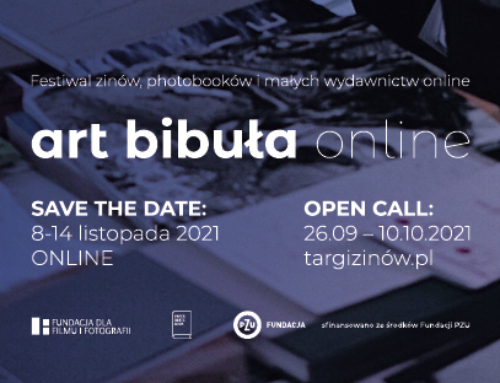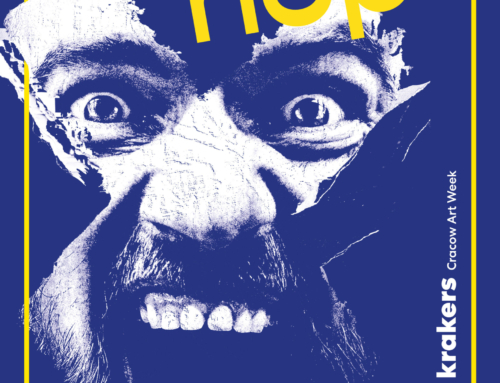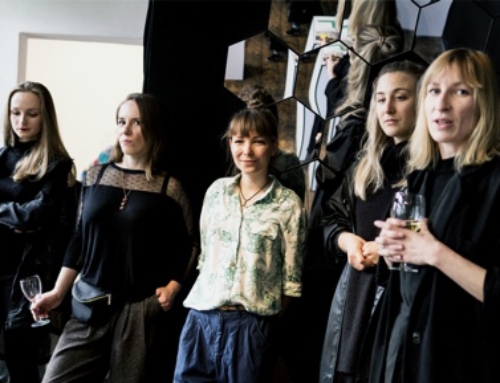KRAKOW PHOTOMONTH 2018
SPACE OF FLOWS
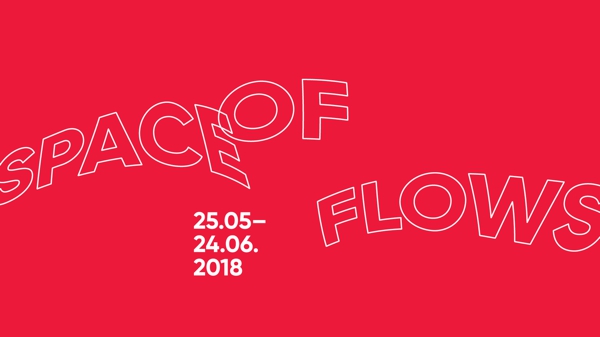
Migration to contemporary Europe and within its borders, the invisibility and intangibility of digital data, and urgent environmental issues. The sixteenth edition of Krakow Photomonth weaves together narratives and images in order to interrogate the “space of flows”. Through the rise of the network society, a real virtuality became visible, making us aware that we are no longer just living in a “space of places”.
The festival, one of Europe’s biggest and most important photography-related ventures, is also one of the largest recurring events dedicated to visual arts in Poland. The Main Programme of this year’s Photomonth was put together by Iris Sikking, an independent curator, film editor, and photography historian by education. In her work, she has focused primarily on photography and video art, which she considers to be complementary media. Sikking got involved with Krakow Photomonth in 2016, when she was curator of a group exhibition called A New Display. Visual Storytelling at a Crossroads. In 2018, she will preside over a programme called Space of Flows: Framing an Unseen Reality. As is the tradition, this year’s festival will also feature the hugely popular ShowOFF Section, the Portfolio Review, and a number of accompanying events.
Main Programme—Space of Flows. Framing an Unseen Reality.
The programme derives its thematic approach from the concept of the “space of flows” as set forth by the Spanish sociologist Manuel Castells in his seminal 1996 volume The Rise of the Network Society. Two decades later, one could say that we exist in exactly such a society: a networked one, defined as an open, borderless, and intangible entity, in constant flux and an ever shifting shape. It is our shared experience that we are all part of an enmeshed whole that provokes and confronts us on a near-daily basis with events unfolding in faraway locales. As we take note of them via our screens in the form of a tweet, an image, or a video they evade traditional geographic boundaries and notions of localness. And the speed with which people, goods, information, and pollutants are distributed and disseminated is so rapid that it is sometimes impossible to distinguish between catalyst and consequence. Moreover, how should we judge a message on our screen? Can we really see and understand what is going on?
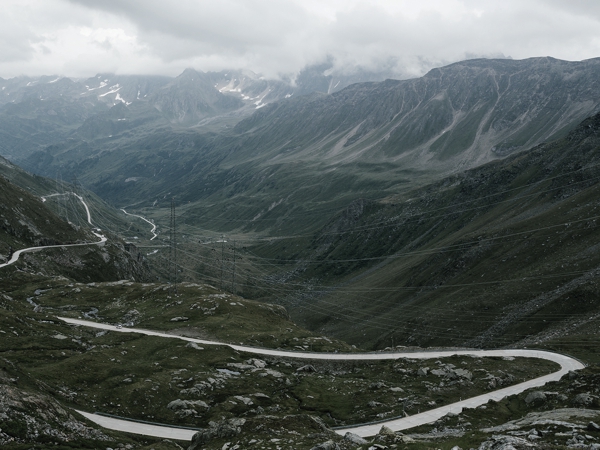
Salvatore Vitale, from the series Elusive Noise: Unfolding the Virtual, 2014–2018 © Salvatore Vitale
To distinguish between the myriad focuses of the artists’ projects, they have been divided into three chapters: migration to and within contemporary Europe; the invisibility and intangibility of digital data; and urgent environmental issues.
Conflicts, unemployment, and lack of prospects have forced untold thousands of people to leave behind their homes, belongings, and loved ones. Refugee or migrant, they undertake an often perilous journey to promised lands where they find themselves at risk of being detained and targeted by the rhetoric of populist political movements. Europe finds itself divided between the liberal values of tolerance and the nostalgia of those who crave a return to a fantasised past in which “everything was known”.

Mark Curran, Bethlehem, Trader (negotiation 1.5 years), Ethiopian Commodity Exchange (ECX), Addis Abeba, Ethiopia, September 2012, from THE MARKET (2010– ongoing) © Mark Curran
Meanwhile, in an etheric elsewhere, our data hover invisibly in an artificial “cloud”, or else whizz in the blink of an eye through cables snaking underground and undersea. In truth, the vast majority of us don’t have a clue what happens to our data after their transformation into bits and cascading scrolls of zeroes and ones. Computer programmers, cryptocurrency experts, and bitcoin speculators have little interest in making their shadowy realm more transparent or comprehensible to the layperson. The rest of us are left in the dark as to what exactly happens to the digitised facsimiles of ourselves, once rendered and uploaded. What subcutaneous layer, for example, do we unwittingly expose when we pass through an airport’s body scanner?
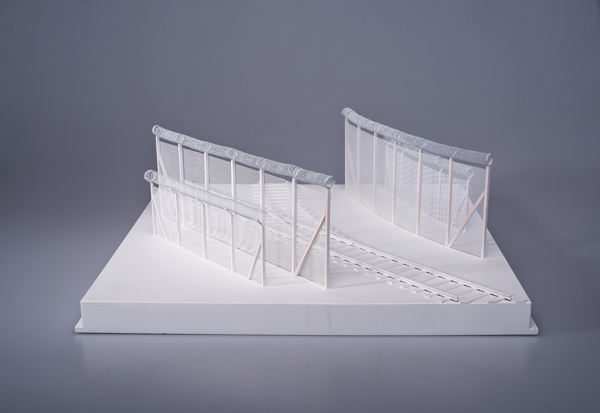
Łukasz Skąpski, Model of a reinforced border between Hungary and Serbia, from the series The Clinch: New Architecture of European Borders, 2016/2017 © Łukasz Skąpski
And although “wild nature” has been reduced in many latitudes to a contradiction in terms, it is still a quality we seek out and yearn to experience. In some regions of the world in which a highly cultivated natural environment is mistaken for its original state, we have been disrupting natural processes for ages. Heavy industries such as mining, the presence of nuclear power plants, and what goes under the name of forest management have had a profound, and in many cases irreversibly deleterious effect on the well-being, and long-term vitality of both human and animal habitats.
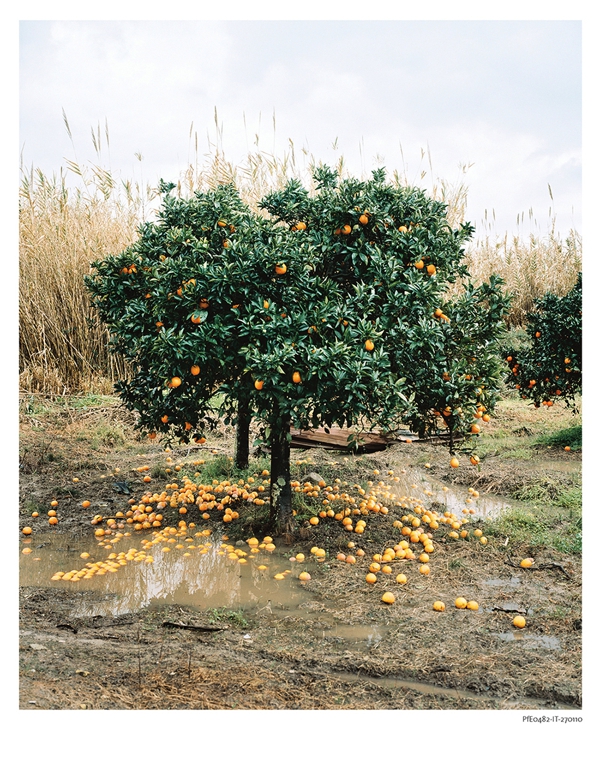
Eva Leitolf, Orange Grove, Rosarno, Italy 2010, from the series Postcards from Europe, 2006–ongoing © Eva Leitolf
“The visual artists taking part in this edition of Photomonth are unique in their ability to unravel the present, while simultaneously accounting for the past and imagining possible futures,” says Iris Sikking. “In the heavily charged image culture of our contemporary societies, we are in need of artists who are able to frame complex realities in ways that push us out of our comfort zones, and that motivate us to reflect upon our own deep-seated and perhaps unacknowledged anxieties and attitudes toward the unknown, the unseen, and the overlooked, in our own geographical or virtual backyards. The frame and focus that the visual artists offer on this ‘unseen reality’ works as an interlude, and distinguishes a fragment of its pristine or proposed reality.”
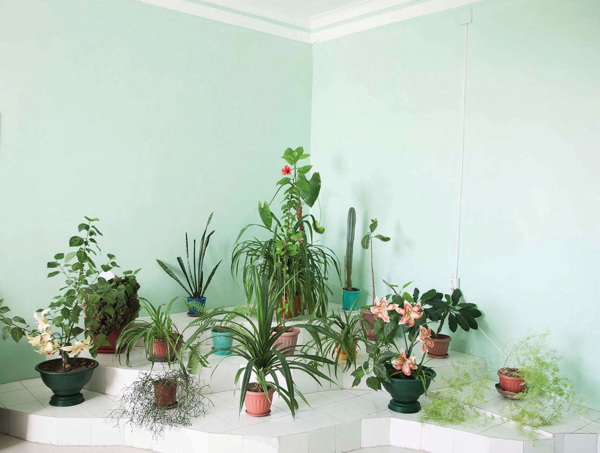
Agnieszka Rayss, Institute of Radiation and Ecology, Kurchatov, Kazakhstan, from the series The Last Conversation with Academician Sakharov, 2018 © Agnieszka Rayss
Eva Leitolf, Edmund Clark, Jules Spinatsch, Salvatore Vitale, Katja Stuke & Oliver Sieber, Agata Grzybowska, Antoinette de Jong & Robert Knoth, Rune Peitersen, Mark Curran, and members of the Sputnik Photos collective, Agnieszka Rayss, and Michał Łuczak are only a few of the artists that will present their projects at Krakow Photomonth, projects intended to encourage the attendees to broaden their thinking and transcend their prejudices. Their works will provoke a more deliberate, flexible, and empathetic response to the problems faced by humankind. The festival’s key themes will include tensions, a proclivity for detachment, and fear-induced exclusion of the unknown, the inability to impose any semblance of control on the mass migration of peoples, the movement of information and substances, in both the real and the virtual world.
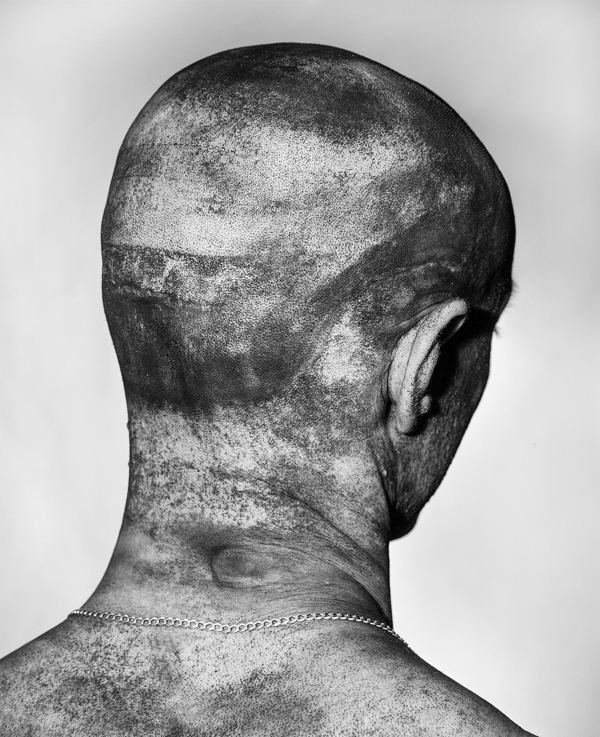
Michał Łuczak, from the series Extraction, 2017–2018 © Michał Łuczak
ShowOFF Section
Another, equally important part of Krakow Photomonth is the ShowOFF section, which will feature debut projects selected via an open competition. The eight winners whose projects will be showcased at the collective exhibition hosted at the Tytano Foundation premises on Dolnych Młynów Street in Krakow include: Valeria Cherchi (Italy), Antonina Gugała (Poland), Laura Ociepa (Poland), Rafa Raigón (Spain), Ksenia Sidorova (Russia), Jakub Stępień (Poland), Anna Tiessen (Germany), and Marta Wódz (Poland). They will determine the final shape of the exhibition, doing so under the watchful eyes of renowned experts in the field of visual arts: Filip Ćwik, Karol Hordziej, Jenny Nordquist, and Karolina Puchała-Rojek.
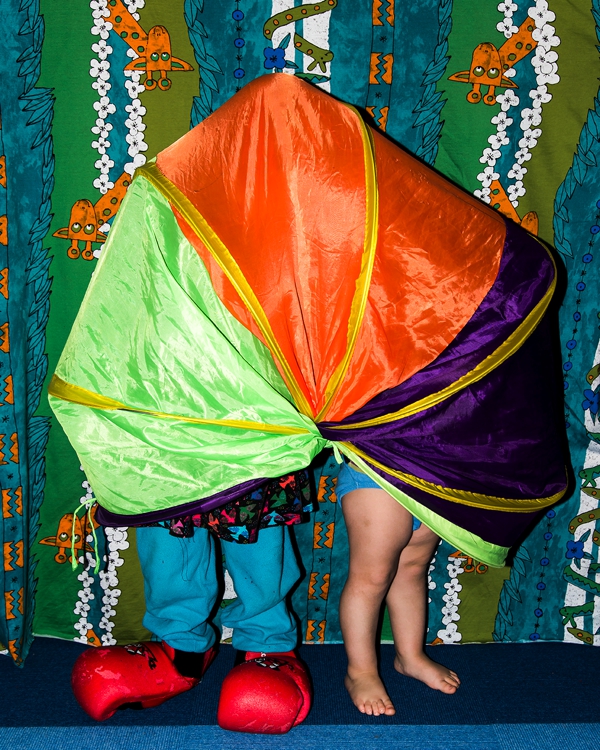
© Rafa Raignon
Portfolio Review, Accompanying Events, and Krakow Photo Fringe
The Portfolio Review is an opportunity for up-and-coming artists to have their works reviewed by renowned specialists in their fields. Involvement with the Review is also an opportunity, particularly for ambitious artists, to establish a valuable network of contacts that could lead to future collaborations and gigs. Every year, around one hundred artists submit their work for review, of whom a final thirty are chosen and invited to Krakow to showcase their work in the Review.
The events accompanying Photomonth are also an important part of the festival. Particular notable is the series of discussion panels focused on the three main themes of the festival. The panels will be staffed by artists, the curator of the Main Programme, as well as specialists representing the festival’s three main thematic fields. The ancillary event programme will be rounded out with book premieres, workshops, presentations, film screenings, and curator-led tours.
Krakow Photo Fringe is a democratic platform showcasing a range of interesting photography-oriented events from the entire Małopolska region that take place in parallel with Photomonth. Photo Fringe attendees will have the opportunity to see works created by widely renowned and acclaimed artists as well as the rising stars of the art world, often fresh from their debuts. Krakow Photo Fringe offers artists an opportunity to showcase their work before a broader audience, while the audience, in turn, gets a very up-to-date and comprehensive look at the state of modern photography.
FOUNDATION FOR VISUAL ARTS
The Foundation for Visual Arts is an NGO established in Krakow in 2001. Tasked with promoting and publicising the visual arts in Poland, the Foundation operates primarily within the field of photography. Its mission statement names the search for new definitions in contemporary art, history, and sociology as its core objective. The pursuit of this objective is embodied by the annual Krakow Photomonth—the Foundation’s principal project. The Foundation for Visual Arts also organises a host of other cultural events, has a publishing arm, promotes up-and-coming artists and novel initiatives, and operates a digitisation lab specialising in projects involving photography archives, such as the digitisation of Wojciech Plewiński’s reportage photography and Zofia Rydet’s Sociological Record.
Krakow Photomonth
25.05–24.06.2018
fb/photomonth


